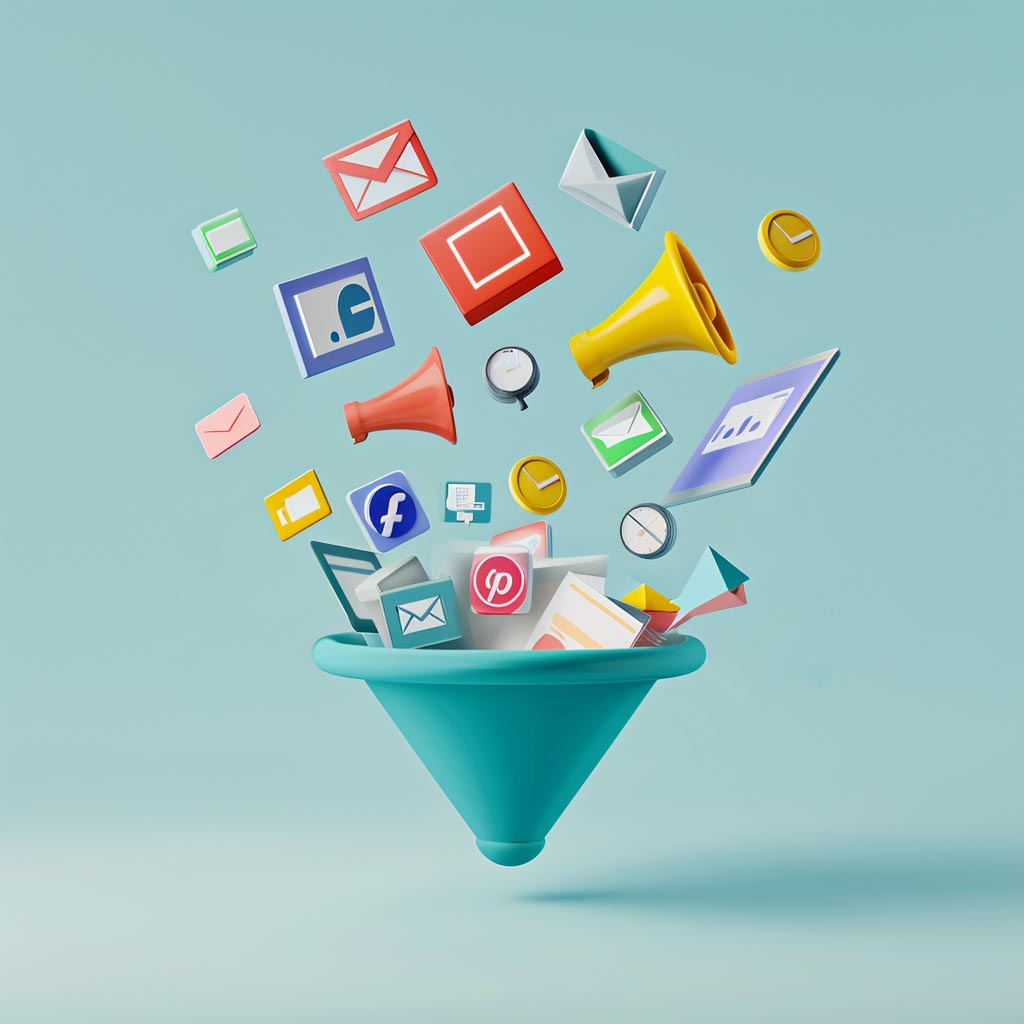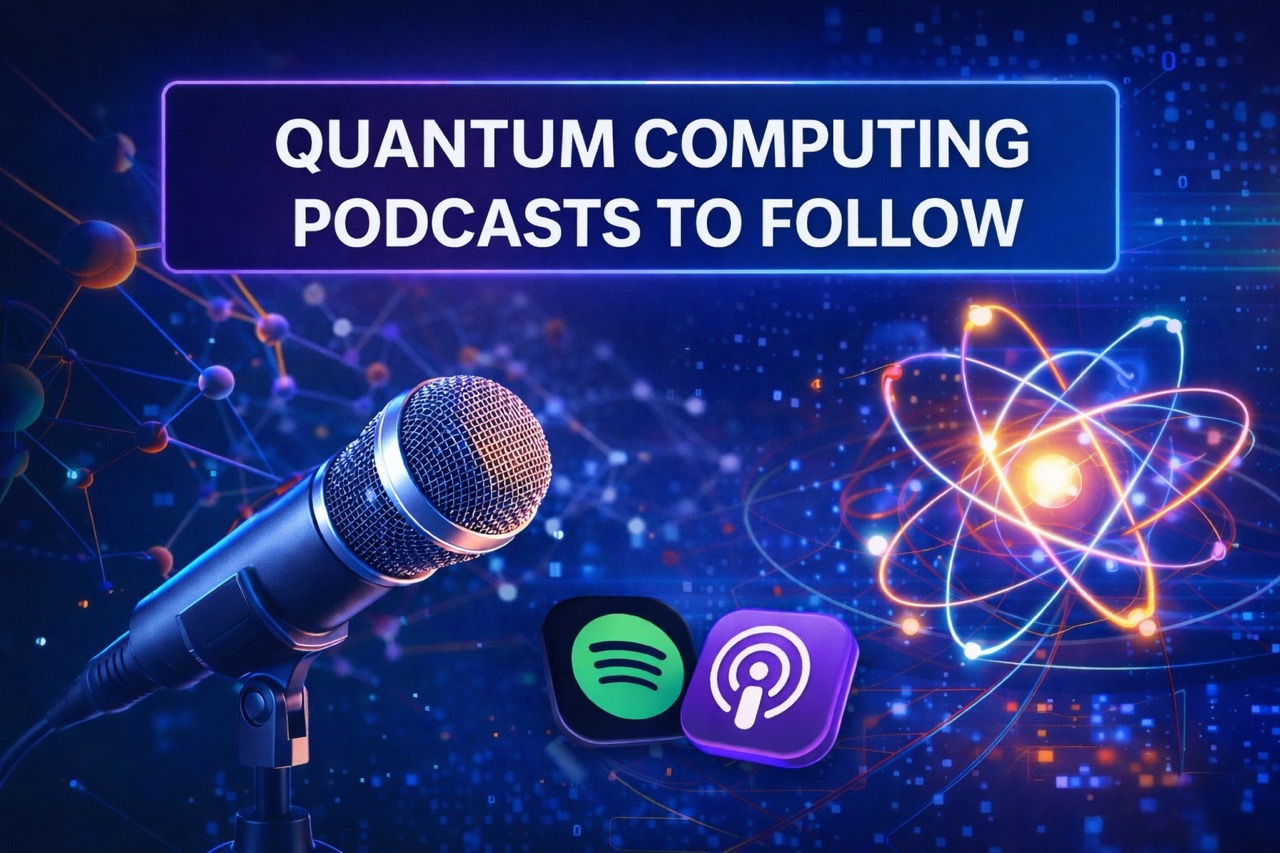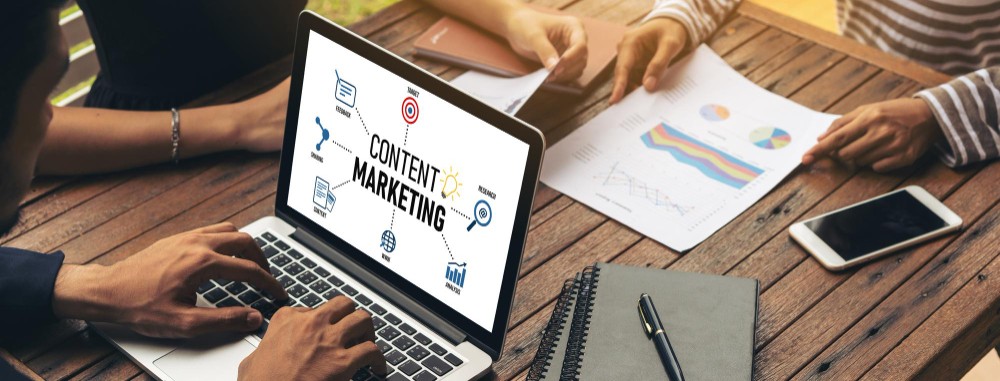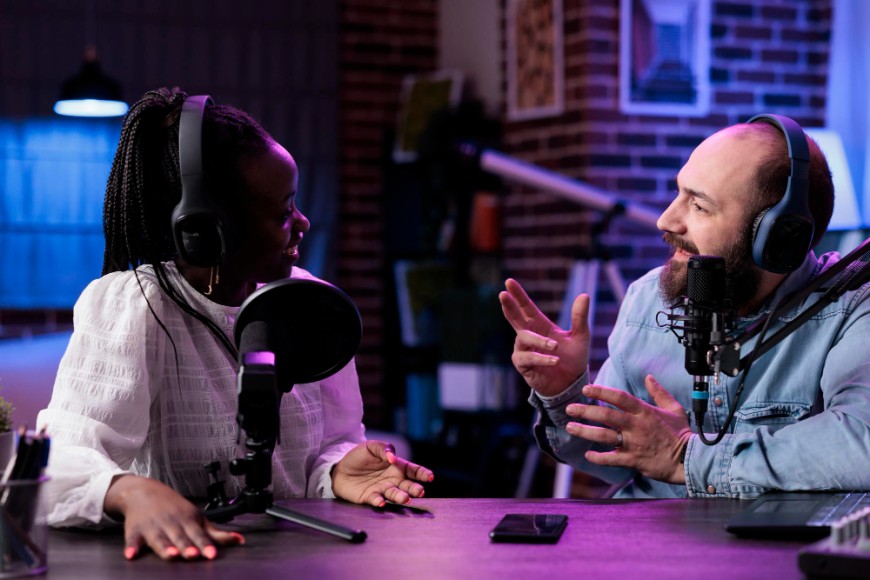Buying is full of friction, but content can lubricate it.
Understanding your funnel and where your customers are in their buying journey leads to better marketing and sales.
Let’s break down the different funnel stages and explore how content can make a big difference at each stage.
Your funnel: the basics
Top of funnel: Problem unaware
At the top of the funnel, potential customers often don’t realize they have a problem that your product or service can solve.
Consider someone struggling with time management but not knowing there are tools to help.
This is where your marketing journey starts – by creating awareness and highlighting their challenges.
Middle of funnel: Problem aware
As we move down the funnel, we reach the middle stage where customers become aware of their problem. They accept they have a need but are still exploring solutions.
In our time management example, they know they need better time management but haven’t chosen a specific solution.
Bottom of funnel: Solution seeker
The last stage of the funnel is where customers actively search for a solution to their problem. They’ve identified their needs and are now comparing different products or services.
In our time management scenario, this is when they’re considering different time management apps or services, reading reviews, and asking for recommendations in Slack groups.

How content helps each stage of the funnel
Top of funnel content
At the top of the funnel, your content’s main goal is to create awareness and educate potential customers about their problem. It’s about making them realize they have a need.
Prospects might not be searching for time management tools but instead looking up “how to be more productive.”
You might need to write content around that first before introducing your solution.
Types: Think of blog posts, simple explainer videos, and social media content.
These should address common issues and provide solutions without directly promoting your product or service.
Metrics to track: Website traffic, social media engagement, and email sign-ups.
Middle of funnel content
In the middle of the funnel, your content should nurture leads by giving them more detailed information about their problem. Then, present your product or service as a suitable solution.
Types: Consider creating ebooks, webinars, case studies, and email campaigns.
These should offer valuable insights and guide prospects towards choosing you.
Metrics to track: Look at click-through rates, downloads, watch time, and email open rates at this stage.
Bottom of funnel content
Bottom-of-funnel content aims to convert leads into customers by showing the unique value of your product or service and addressing concerns.
Because this is a high-intent funnel stage, start your content strategy here and move up the funnel.
Types: You can use product demos, product comparisons, free trials, and customer testimonials.
These help prospects make the final decision to choose your product or service over others.
From an SEO perspective, you’d try to rank for “best time management tools” and “(your tool) vs (competitor) review.”
Metrics to track: Measure conversion rates, sales revenue, and customer acquisition cost at this stage.
The non-linear buying journey
Thinking about content this way can make marketing and sales easier, but not all customers follow a straight path when making a purchase.
For example, say you sell shoes. Some people might come to your store already knowing what type of shoe they want, like running shoes, after watching a TikTok video the day before.
Others might not be sure and look at many options before deciding. Maybe they just want to get fit and running is one option.
You need to be ready for both types of customers.
Customers often take a more flexible route, moving back and forth between stages or skipping some altogether.
- Multiple touchpoints: Customers interact with your brand through various channels like social media, emails, and in-person events. They might enter the buying journey at different points depending on how they come across your business.
- Research and comparison: Nowadays, customers have lots of information at their fingertips. They might spend time researching, comparing products, and reading reviews before making up their minds.
- Impulse buying: While some customers carefully think through their purchases (especially in B2B), others make quick decisions, especially for small or everyday items. Be clear on what type of product you sell.
- Going back and forth: Customers might revisit certain stages. For example, someone who first entered the journey without realizing a problem might return to the start if they encounter a new issue or find a different solution.
This nonlinear aspect of buying journeys means you should be ready to change and adapt. Your content should be designed to find customers no matter where they are in their journey.
Wrap up
The regular funnel is helpful, but real buying paths can be more flexible. Being adaptable is crucial for success.
Learn more about how to create a solid content marketing strategy, or explore more content marketing metrics to track.
Mo is the founder and CEO of Column, helping leaders shape public opinion through content and research. Connect with him on LinkedIn.





